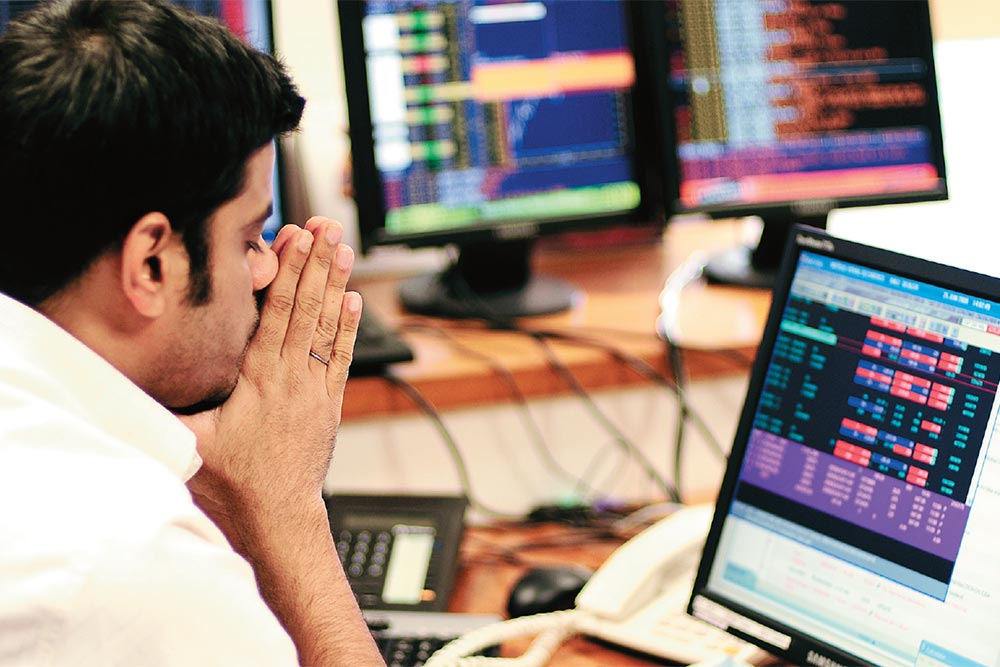The wave of optimism that had swept the Street in the wake of retail FDI, GAAR deferment and the partial decontrol of diesel prices is fast ebbing away. Sensex, which had surpassed the 20,000 mark in early January after a two-year hiatus, hit a 2-month low of 18,861 on February 28. It’s not just the cash market that’s taken a knock even the derivatives market is showing signs of losing steam. The average daily traded turnover in the F&O segment has been on the slide after hitting an eight-month high of ₹1.32 lakh crore last December to ₹1.14 lakh crore in February.
In fact, if one were to take a look at the total traded turnover for the entire fiscal (FY13), it has fallen to ₹284 lakh crore as on February 28 against total turnover of ₹292 lakh crore in FY11 and ₹313 lakh crore in FY12. Though not strictly comparable, in percentage terms the 12% fall in turnover for the fiscal is the second-worst after the 16% drop seen in FY09. After the strong recovery in FY10 and FY11, investors’ sentiments swung. While turnover growth was up 60% and 65% for the two years, respectively, sentiment tanked in FY12 with turnover rising a mere 7% and finally heading south in the FY13.
Market participants blame it on the increasing uncertainty on the Street about the country’s economic agenda. “Overall confidence level of investors in the market has been going down,” says Ambareesh Baliga, an independent analyst. Yogesh Radke of Edelweiss agrees. “Lack of interest and tardy execution of policies have failed to attract investors and as a result impacted turnover growth,” he says.
Though there is a still a month left before the current fiscal, it’s unlikely that volumes will be able to breach past the high of FY12, though there is the possibility that it could cross the highs of FY11.
That investors are curbing their trading instincts is also evident in the turnover of growth in futures, both index and stock. While the turnover in index futures has fallen from ₹36 lakh crore in FY12 to ₹21 lakh crore in FY13, in the case of stock futures, turnover is down from ₹41 lakh crore to ₹36 lakh crore in FY13. The overall futures open interest, too, has declined to an eight-year low. Abhinay Jain, derivatives head, Sharekhan, says, of late, option trading is more in favour than futures. Within options, stock options turnover has seen a substantial jump — from ₹9 lakh crore in FY12 to ₹17 lakh crore in FY13. Unlike in futures, the buyer’s risk is limited to the premium paid in case of options. Also, it looks like traders are willing to bet their bottom dollar on a particular stock rather than haphazard a guess on which way the index is headed.











